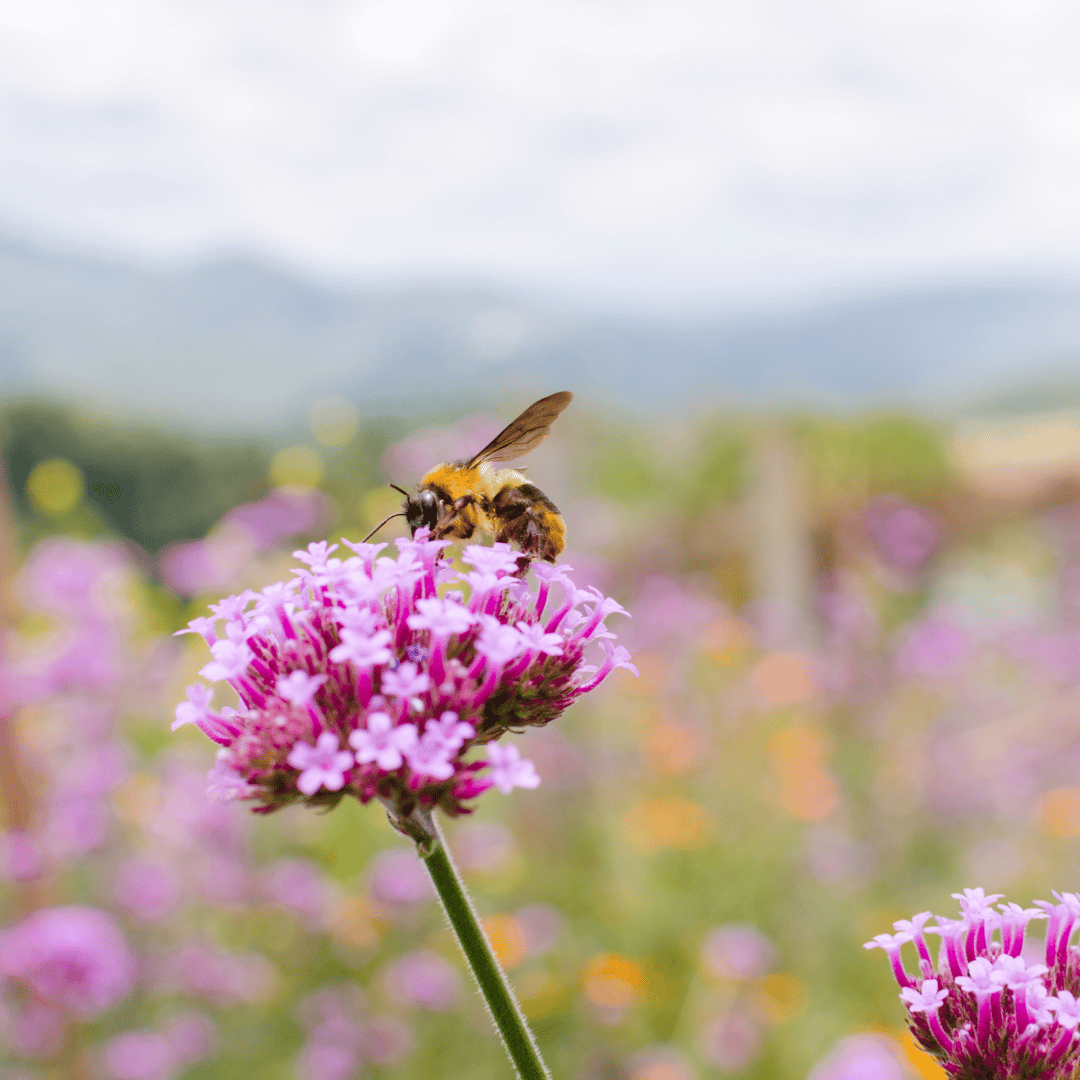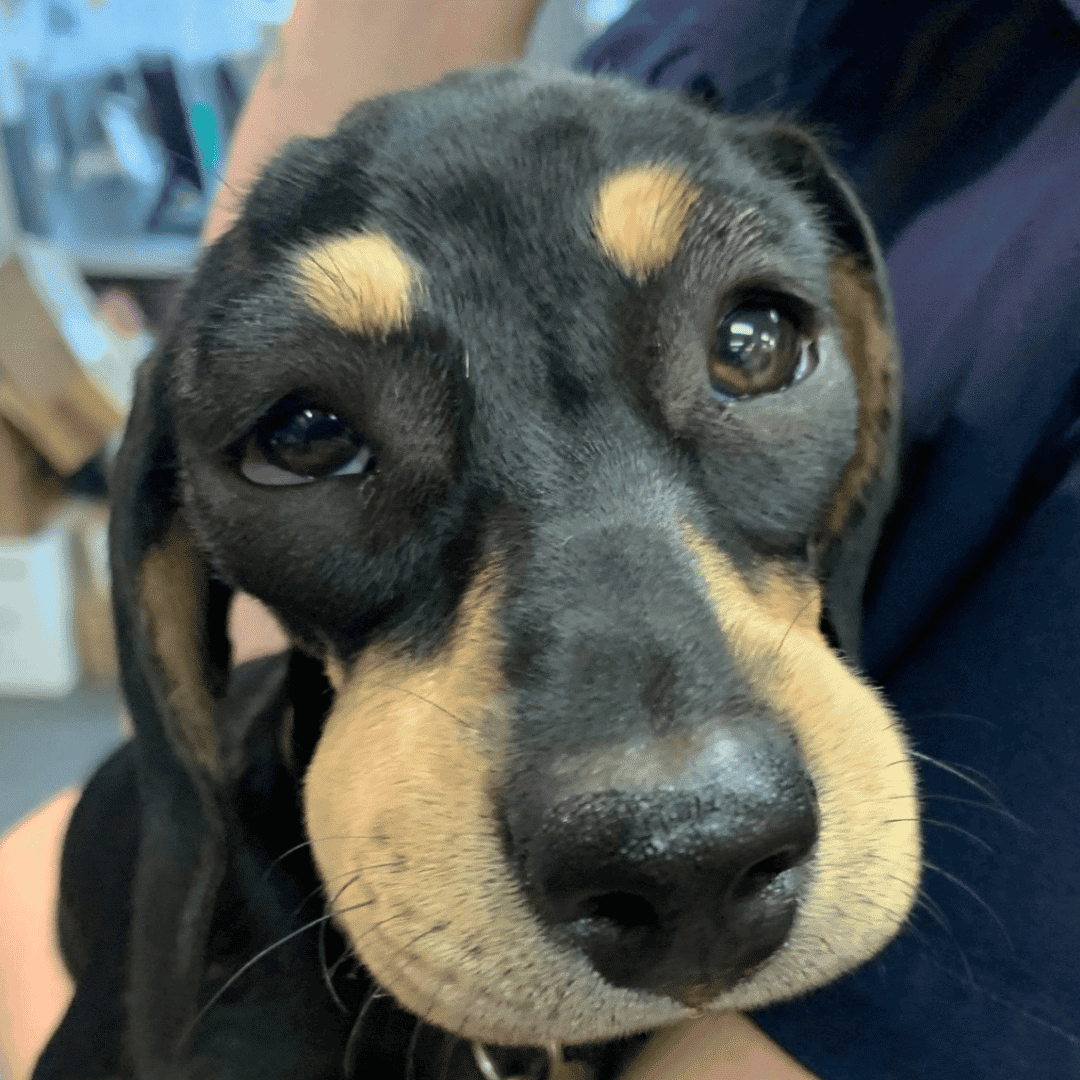Our dogs are curious creatures. They love to explore, run and chase things outdoors, including bees. However, a curious nature can sometimes lead to a dog being stung by a bee. And in some cases being too inquisitive can result in dogs eating the bee! In fact, dogs stung by bees are one of the most common reasons for a visit to our emergency hospital. But what do you do if your dog becomes a victim of a bee sting and how do you know if your dog has been bitten? Keep reading to find out the signs and symptoms and what to do if it happens.
Are bee stings dangerous?
Most of the time, an insect bite is just irritating and possibly painful for our dogs. But bee stings can be dangerous not just from the poison bee’s carry but also from the allergic reactions they can cause.
With bee stings it’s not the wound left by the bite that causes pain, it’s actually the small amount of poison the bee injects. Bee’s have a barbed stinger that detaches from the bee and remains in your dog’s skin. After the initial sting, the venom sack remains in the skin and will continue to inject more venom, so it is best it is removed as soon as possible. There have been cases resulting in death from the amount of venom injected from being stung multiple times.
Most of the bee stings we see in our hospitals, are from dogs getting too close and being stung on the face. Should your dog be stung in their mouth this can be particularly dangerous as the swelling from the sting can block their airways preventing them being able to breathe.
It is also common for our dog’s paws to become stung by a bee as they often step on them or swot them away. Stings to this area often go unnoticed and undiagnosed as their owners often think they’ve just torn a nail or cut themselves as it can be hard to see the affected area.
What are the signs your dog has been stung by a bee?
Dogs who have been stung by bees can experience very mild allergic reactions to very severe anaphylactic reactions.
Mild reactions include:
- Sudden onset of yelping, whining or limping
- Licking, chewing, pawing, or scratching at the bite site
- Redness and swelling
- Painful when touched
- Visible sting
- Hives or welts
- Swelling
- Drooling
Hollie visited our hospital for medication to reduce the reaction and swelling caused by a bee sting to her face, as well as airway monitoring
A severe reaction includes:
- Severe swelling
- Vomiting
- Diarrhoea
- Pale gums
- Dizziness or disorientation
- Difficulty breathing
- Collapse
- Loss of consciousness
Allergic reactions from bee stings usually happen within 10 minutes of being stung, but reactions can still be delayed until hours later.
What should you do if your dog is stung by a bee?
If your dog is showing signs of an allergic reaction or anaphylaxis from a bee sting, take them straight to the vet. While seeking veterinary care you can also follow these steps to help your dog:
- Do your best to keep your animal calm on the trip to the vet
- Try to stop them licking/scratching at the site
- A cold wet towel placed over the site may help reduce some of the swelling and pain
- Don’t give your dog any medications, such as antihistamines, without consulting with your vet first as the wrong dosage can prove fatal
What to expect from the vet for the treatment of bee stings?
Upon arrival, your vet will assess your dog and determine the best treatment option to take. For mild reactions treatment may include:
Full clinical examination and assessment for signs of anaphylaxis
- Antihistamines
- Anti-inflammatories
- Pain relief
If your dog is suffering from a severe allergic reaction from the bee sting or anaphylaxis more intensive treatment will be needed such as:
- IV fluids
- Oxygen therapy
- Additional medications
- A stay in hospital for further monitoring
An important note to remember is not to let your dog straight back into the yard after treatment. as should your dog receive another bee sting the reaction can be more severe. Bee stings occurring close together have a greater chance of having a more severe, faster reaction that is more likely to be fatal.
What can you do to prevent bee stings?

- When out walking your dog stay clear of areas with flowers
- Keep your dog out and away from flower beds
- Teach your dog to come when called, so if you see them chasing or snapping at bees you can divert their attention
Visit our Allergic Reactions Guide for more information.
If you suspect your dog may be in pain or injured contact your closest Animal Emergency Service hospital or your local vet immediately.

 Full clinical examination and assessment for signs of anaphylaxis
Full clinical examination and assessment for signs of anaphylaxis